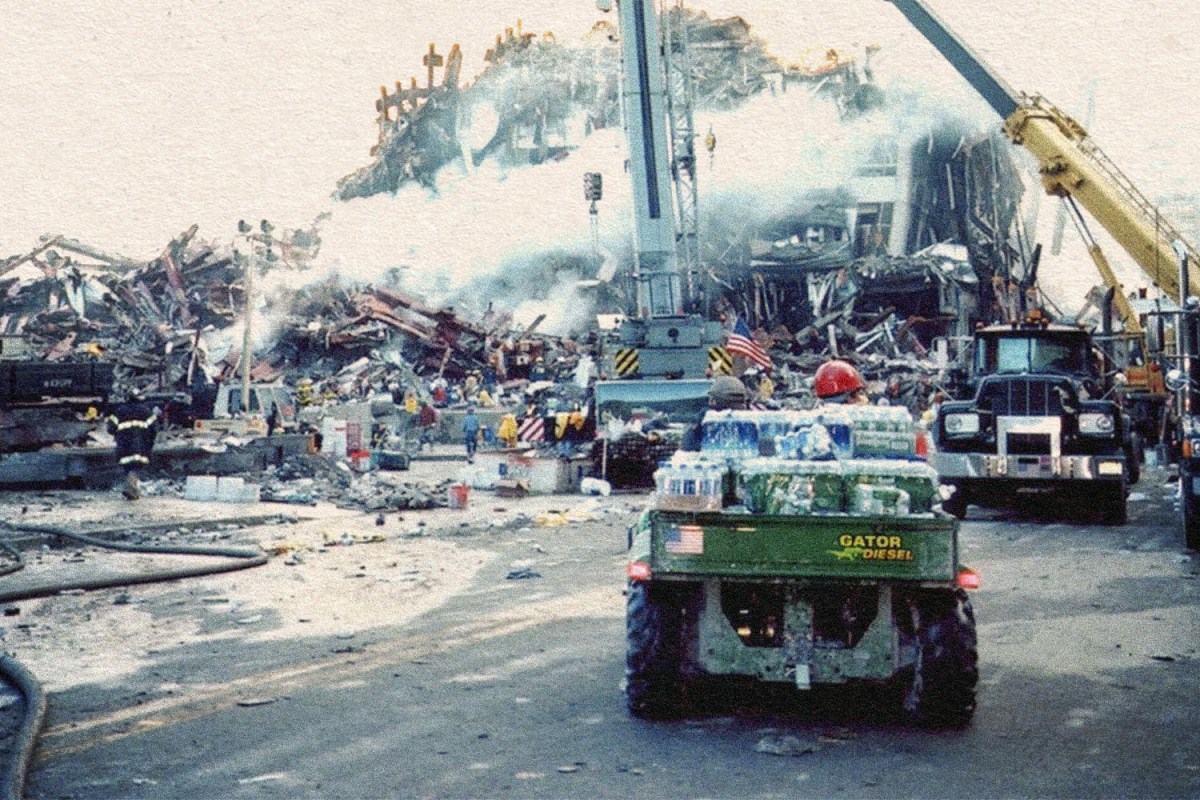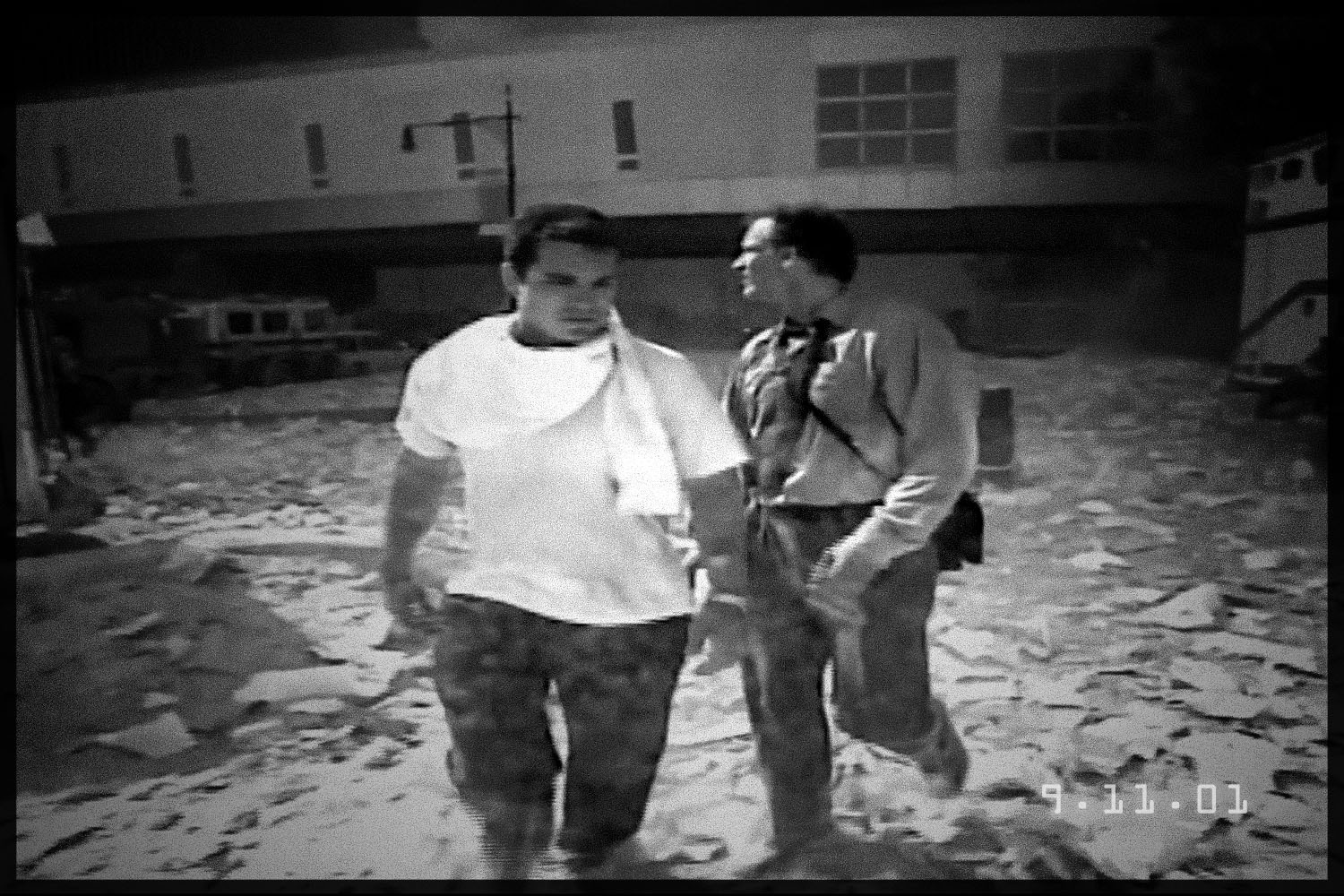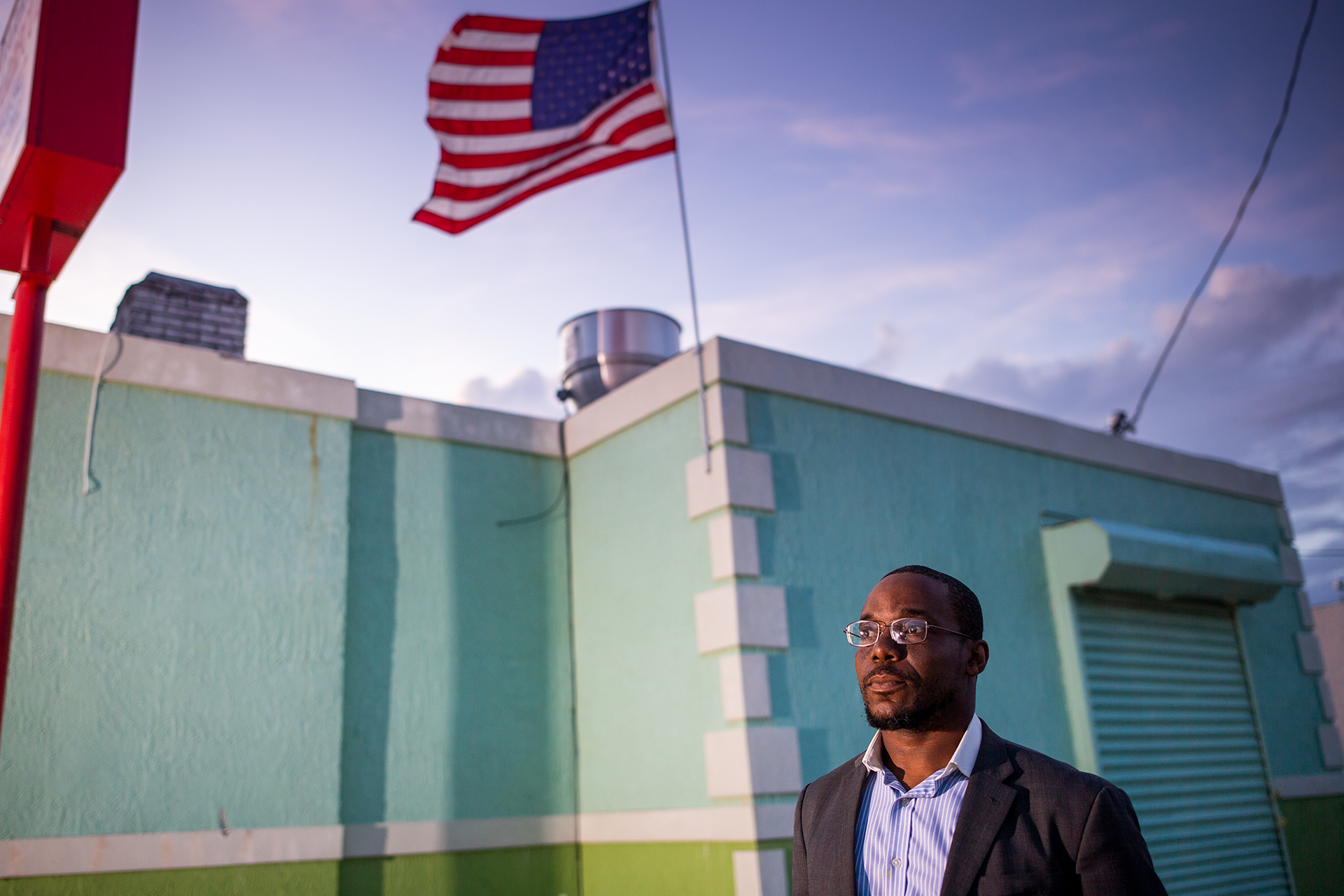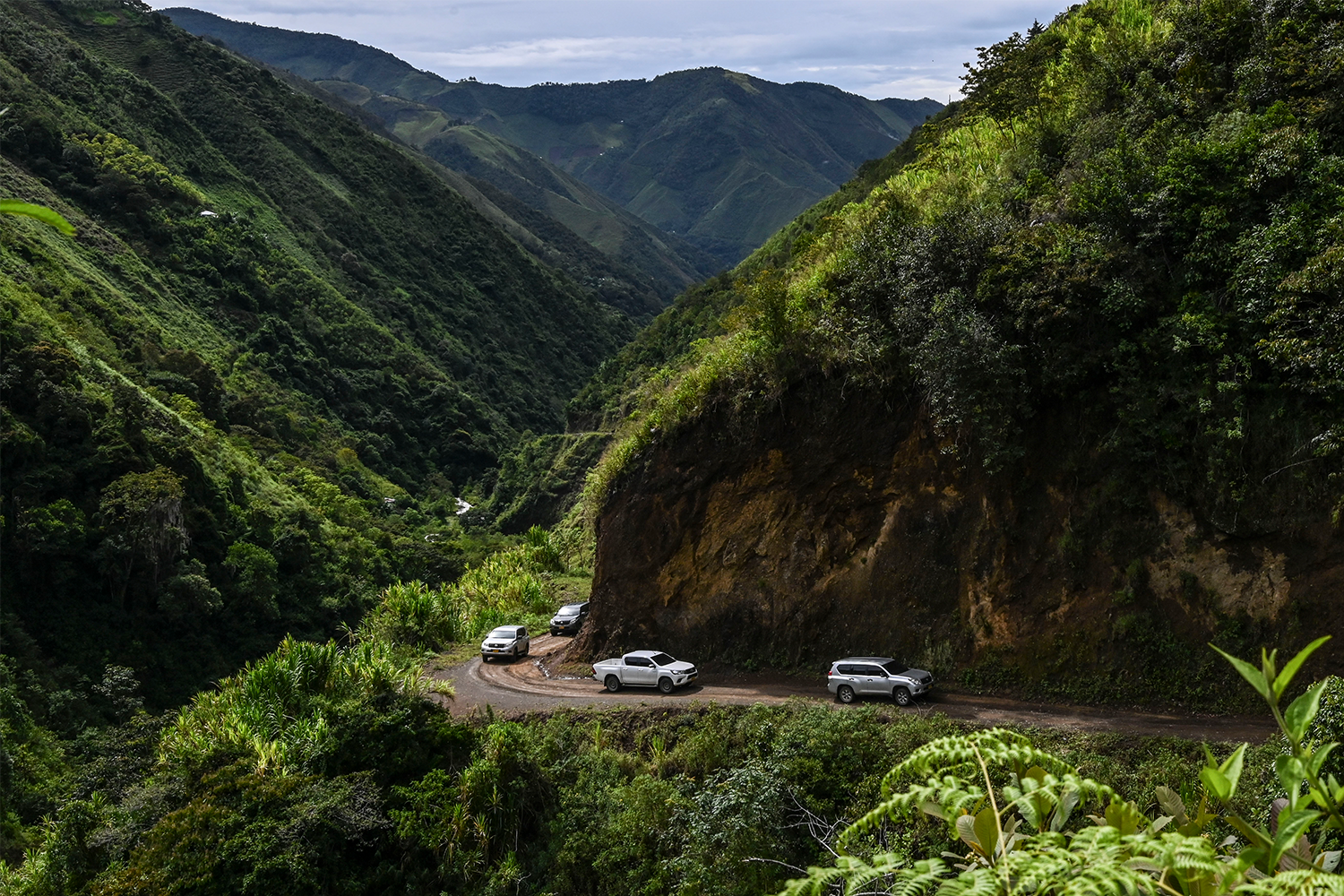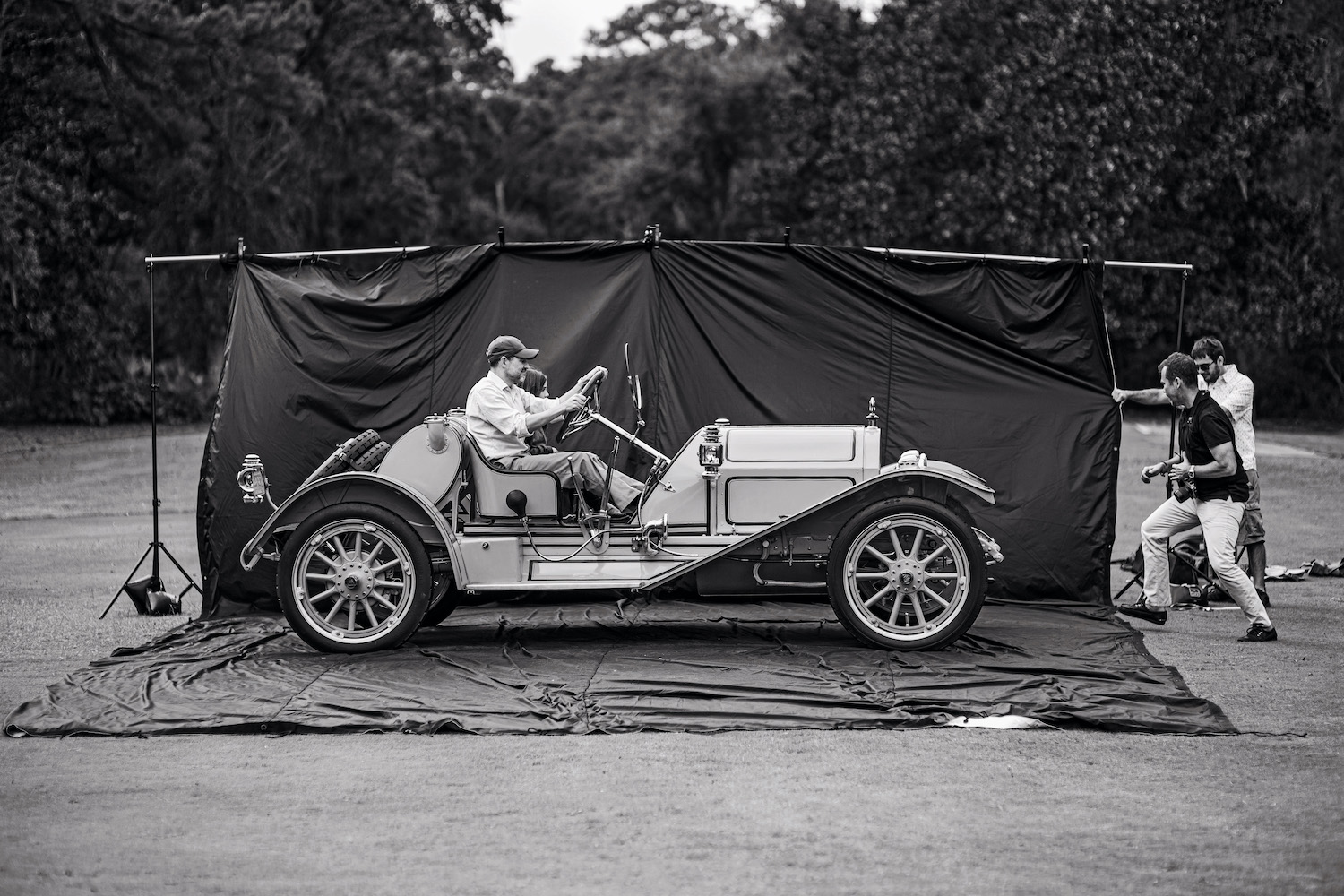Matt Hranek couldn’t wait to tell me about his John Deere Gator.
When I interviewed the bon vivant and writer last year about his book A Man & His Car, which features interviews with superstars like Shaquille O’Neal and Kevin Costner about elegant cars like the Jaguar E-type and Lamborghini Countach, he just wanted to talk about his humble green-and-yellow work cart, which he chose to include in the tome.
“When we bought our house upstate [in New York],” Hranek told me at the time, “all my neighbors were like, you need a John Deere Gator!”
For those not familiar with the heavy equipment company’s reptilian runabout, a John Deere Gator is a utility vehicle (categorized by people who work with these sorts of things as a UTV). These models have been around since 1992, they’re used on farms and construction sites and hunting trips, and you can get them in all sorts of configurations, from closed cabs to wrapped in camouflage. In Hranek’s case, he taught his daughter how to drive in it, built his prefab house with it, and instead of scooting around on golf carts like many similarly spacious neighborhoods across the U.S., he and his neighbors use the Gator as their local vehicle of choice.
“It’s way cooler and faster and more ballsy [than a golf cart],” he said.
The reason this upstate enclave chose the Gator over the golf cart has less to do with their pioneer spirit and more to do with Tim Mullally. He’s owned the John Deere dealership Mullally Tractor Sales in Jeffersonville for 40 years, and he’s the one who has supplied the locals with their rugged UTVs. But these aren’t just any Gators straight from the factory; many of the vehicles you’ll find in the garages and sheds of Sullivan County, Hranek’s included, are the ones Mullally brought to Ground Zero in the aftermath of 9/11.
The Tractor Dealer Goes to Ground Zero
When I call up Mullally, who is turning 68 next week, he does not want to tell me about his John Deere Gators. He’s been talking about them, and the aid he personally provided by coordinating their use on the ground around “The Pile” for two months after the 9/11 terror attacks, for the last two decades.
“To be honest with you, after 20 years, you kind of put it out of your mind,” he tells InsideHook. “I don’t like the attention involved because I feel that there’s so many people that did way more than I did.”
That’s the kind of perspective that comes with providing direct support to firefighters, police officers and disaster aid workers on the ground after one of the greatest tragedies in our country’s history. From an outsider’s perspective, when it comes to Mullally — who was at the time the owner of both a bar and a tractor dealership — no one would have batted an eye if he didn’t spring into action. But that’s not what happened.
“Half of my dealership was an Irish pub and the other half was a John Deere dealership, and my representatives from John Deere were there that day,” he remembers of September 11, 2001. “We were writing an order and we were sitting in the pub, and my brother-in-law lived in Manhattan; he called up and said a plane just hit the World Trade towers.”
So Mullally did the same thing many people did when they first heard: he turned on the TV, and then didn’t stray far from the news for the next 24 hours.
“I was up all night long watching this. You could see that later on they were using golf carts and this and that to try to move equipment and do whatever,” he says. “I knew right away that the Gator would be an ideal vehicle for that.”
Along with Karl Pittz and Steve Wujcik, John Deere territory managers at the time, Mullally put together a plan, and the three quickly found themselves on a barge with five of the vehicles — beefed up with run-flat tires, brush guards and heavy-duty air filters — crossing the Hudson River over to Manhattan and into what Mullally describes as “bedlam.”
“There was nobody in charge. We’d stop people, firemen, whatever, and ask what we could do and nobody knew anything,” he says. “So all of a sudden somebody said, ‘Well, can you do this? Can you do that?’ So we split up and started using them to transport oxygen and acetylene tanks, anything that would fit in the bed to take to what they call ‘The Hole.’”

Lending a Hand, and a Gator
It didn’t stay disorganized for long. Instead of dropping off the vehicles, helping out for a bit and calling it a day, Mullally stayed in Manhattan running a Gator himself and organizing where the others would go, including dozens of additional vehicles that were shipped to the site over the following weeks. He loaned them to the New York City Fire Department, the NYPD, the FBI, FEMA — any agency that wanted one. Going back upstate every night was initially unfeasible, so he stayed in his brother-in-law’s apartment in the city.
Before going to his temporary home after a shift, Mullally recounts driving firefighters back to their stations throughout the city; the other option for many of them was to simply walk the long blocks carrying all their gear. While Mullally previously described one experience of “thousands of people on the West Side Highway from Canal Street up … cheering” for his passengers, reminiscent of the nightly cheers for healthcare workers during the COVID-19 pandemic, what he remembers today is the overwhelming sorrow of those drives.
“A lot of it was very sad, especially with the firemen, because you could see how emotional it was for them as they were digging through the rubble with plastic pails and that,” he says. “A lot of them didn’t want to leave, [but] they’d have to get back to their firehouses, their stations, and they’d have to walk … we had 15 guys on a Gator and we’d drive up to Midtown with them and drop them off.”
Despite his relatively removed position, driving around the wreckage rather than digging through it, Mullally wasn’t spared the worst-case scenario of the recovery efforts.
“I remember riding around with some forensic people with body pieces in the back of the Gator and heading for the morgue, and you’re thinking, ‘Who’s in here? Who is this?’” he says. “That’s the stuff you don’t like to think about.”
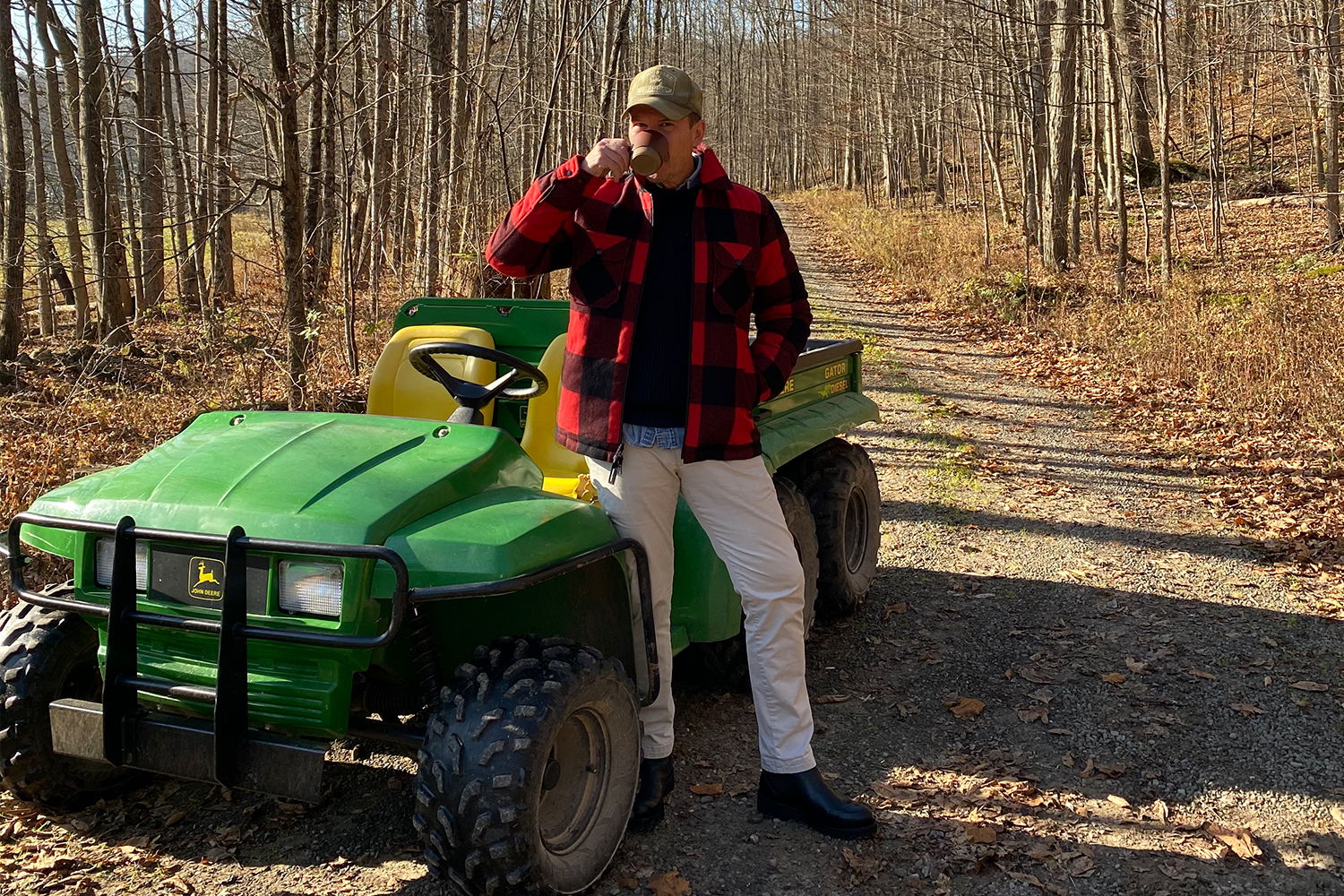
The Journey Home
According to Maureen McCormack, a public relations manager at John Deere, the company donated more than $500,000 in equipment at the time for use at Ground Zero, as well as the Pentagon and the crash site of United Airlines Flight 93 in Pennsylvania. But there were dozens of Gators beyond those donated that Mullally needed to wrangle up in November once he and the vehicles were no longer needed in Manhattan, and getting them out was in some ways harder than bringing them in.
Despite equipment being readily available by then, Mullally says some people in certain agencies thought the Gators “were the spoils of war and wanted to keep them.” He found some on Roosevelt Island, others in a warehouse at the Fulton Fish Market, and he often had to steal them back, because “everybody was stealing them from everybody else.” He says “steal” because those who had them would sometimes remove the steering wheels or ignitions when the vehicles were parked, so Mullally carried around spare steering wheels and ignitions to get them back.
Eventually he rounded up most of the UTVs that weren’t donated, bringing them to his dealership upstate, refurbishing them and selling them to folks around town. Hranek bought his from Tim’s shop after hearing about them from his neighbor. Today, Mullally says he still has about 10 of the Gators used at Ground Zero left in his inventory.
In Hranek’s case, he spent somewhere in the ballpark of $10,000 on his runabout (a brand new, six-wheel diesel Gator starts just under $14,000 today).
“I’d never spent that much on a folly of a vintage car that I’ve ever owned,” he told me. “But somehow it was the best money I ever spent — ever.”
Mullally, it seems, is just glad to get them off his hands. When I ask him if he’ll be marking the 20th anniversary of 9/11 in any way, he simply says, “It’s so sad. So who likes to relive that?”
This article was featured in the InsideHook NY newsletter. Sign up now for more from all five boroughs.
